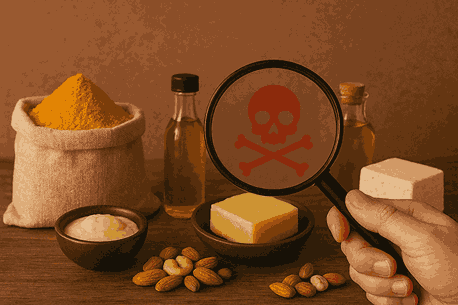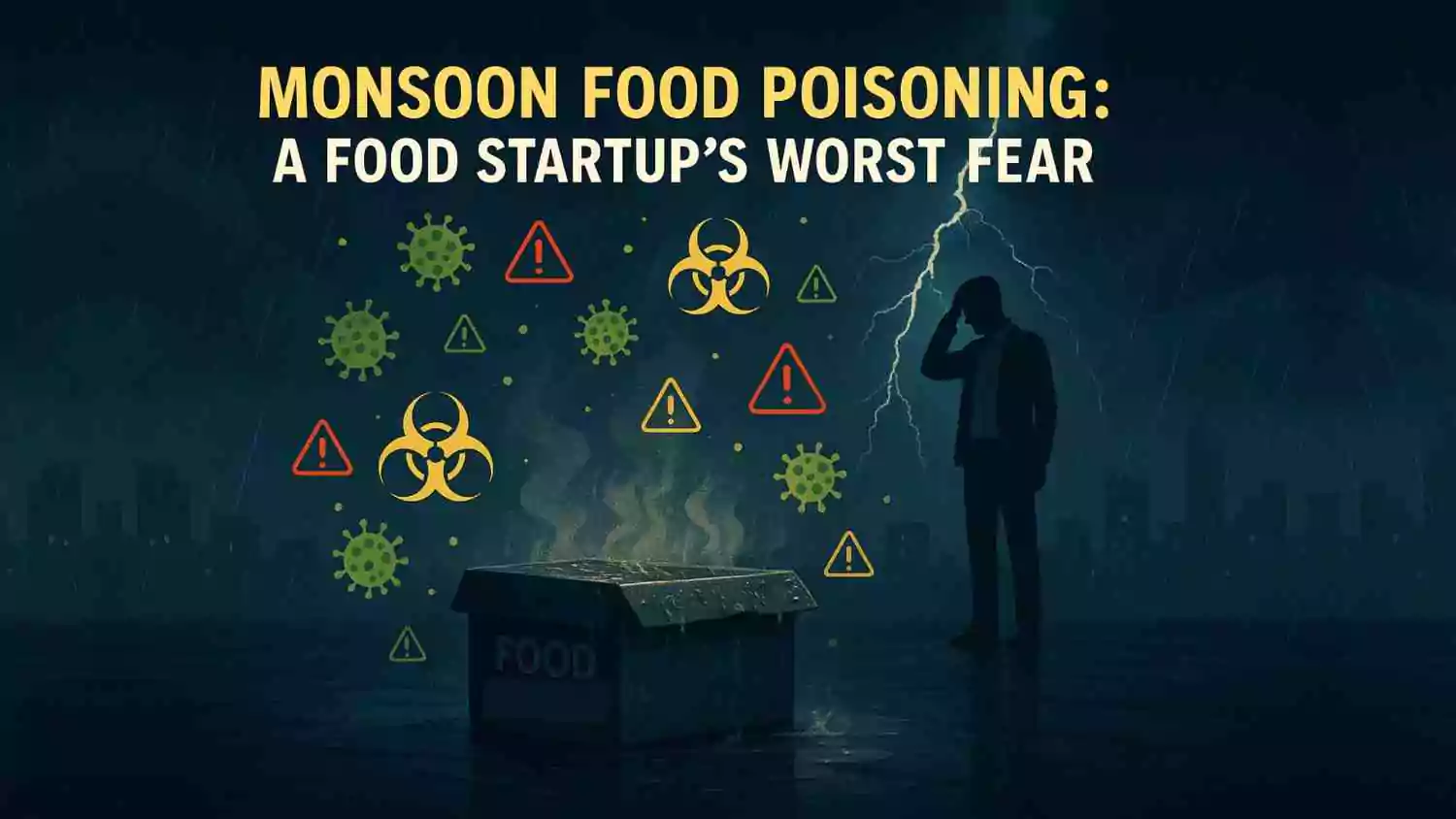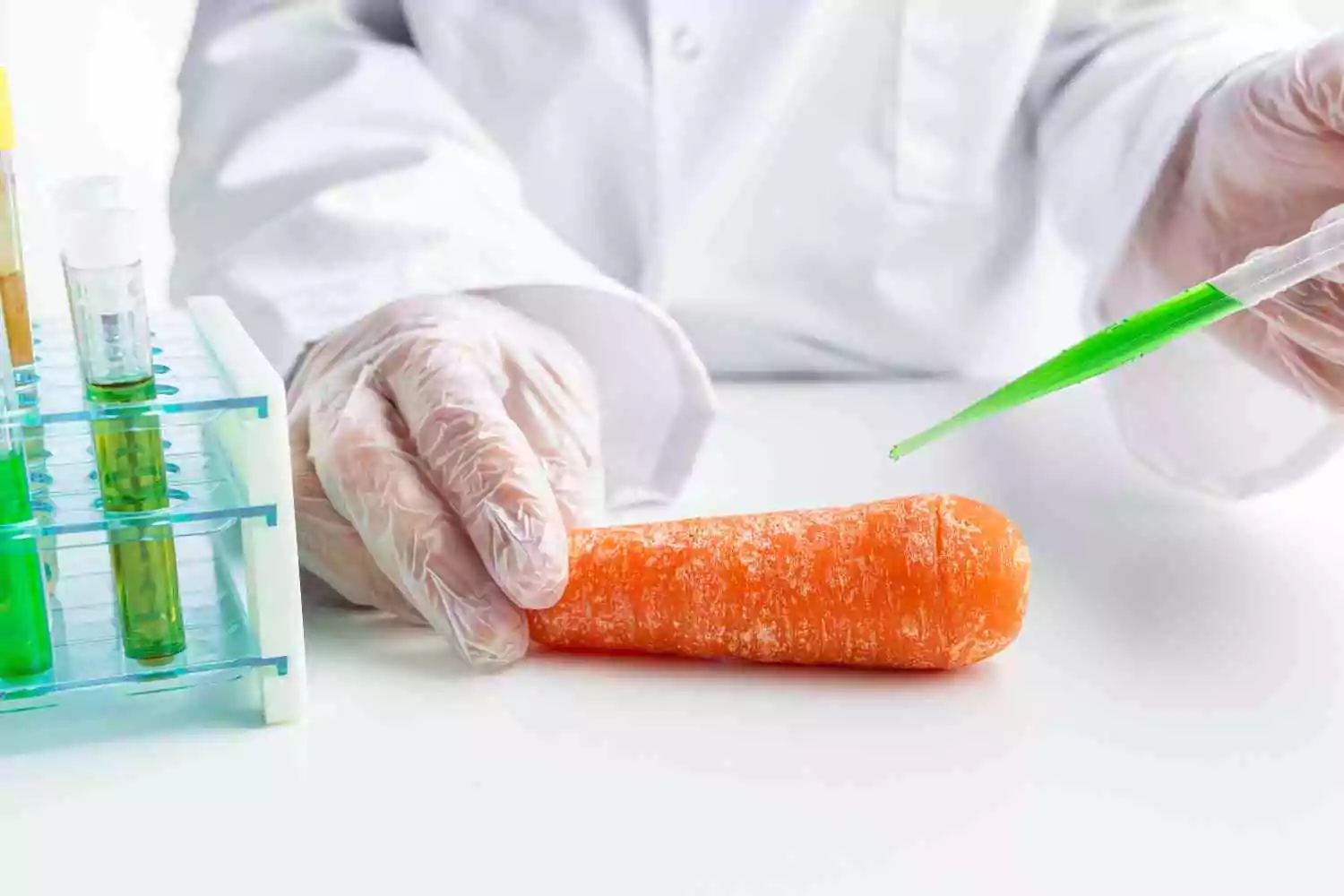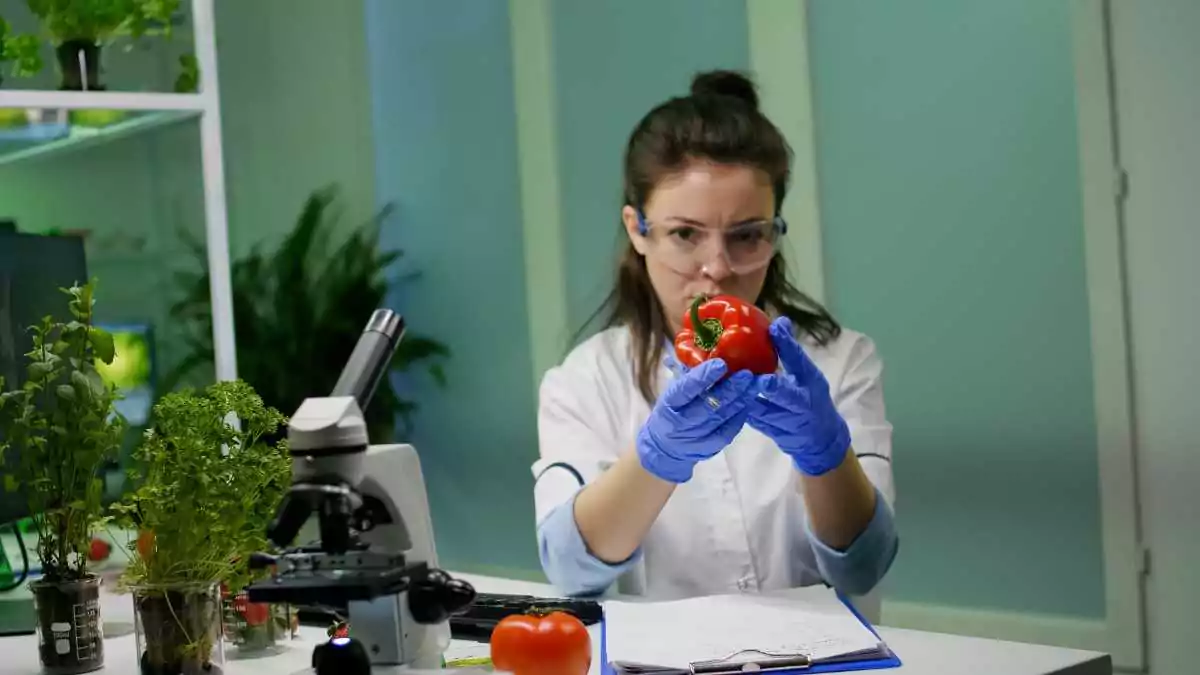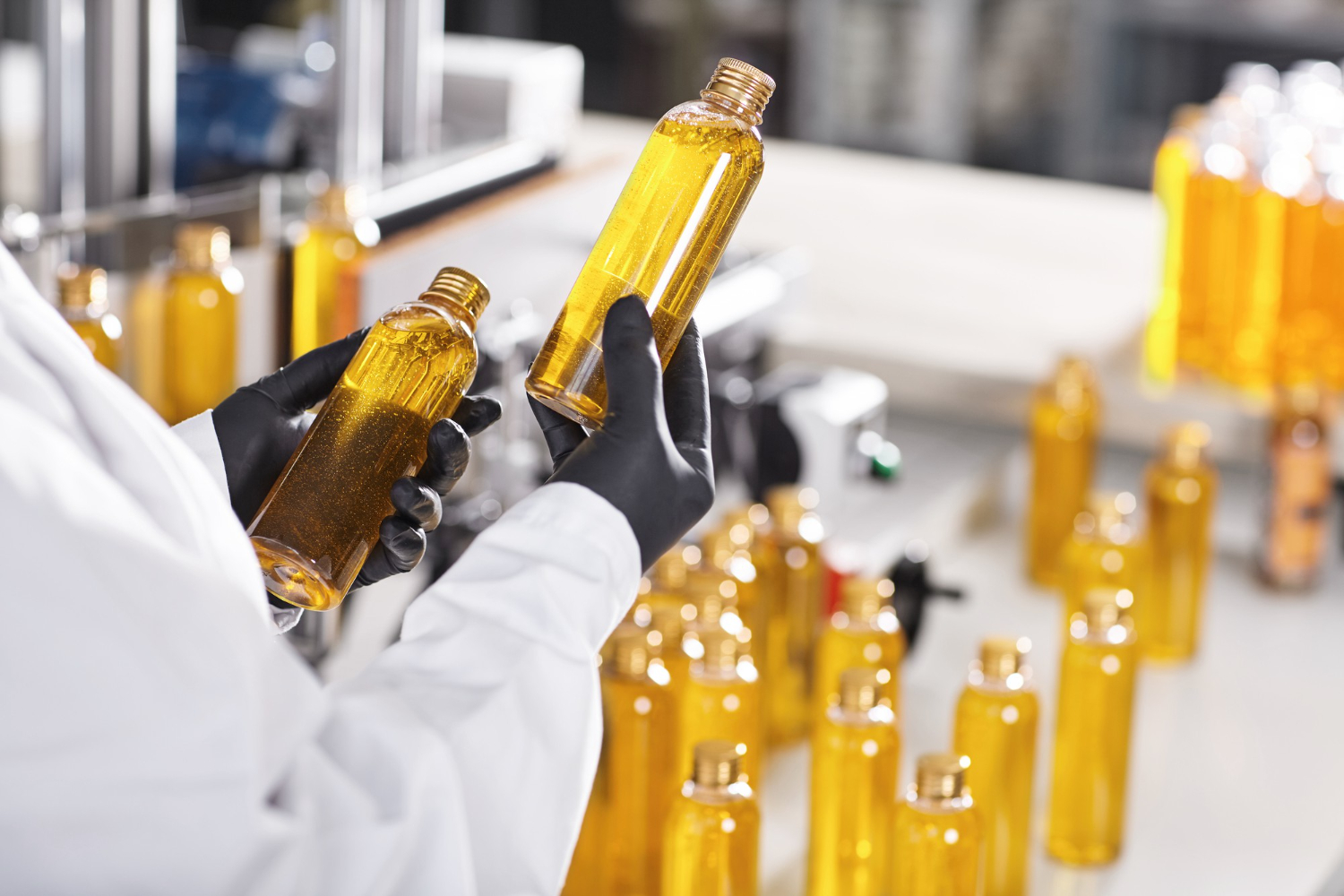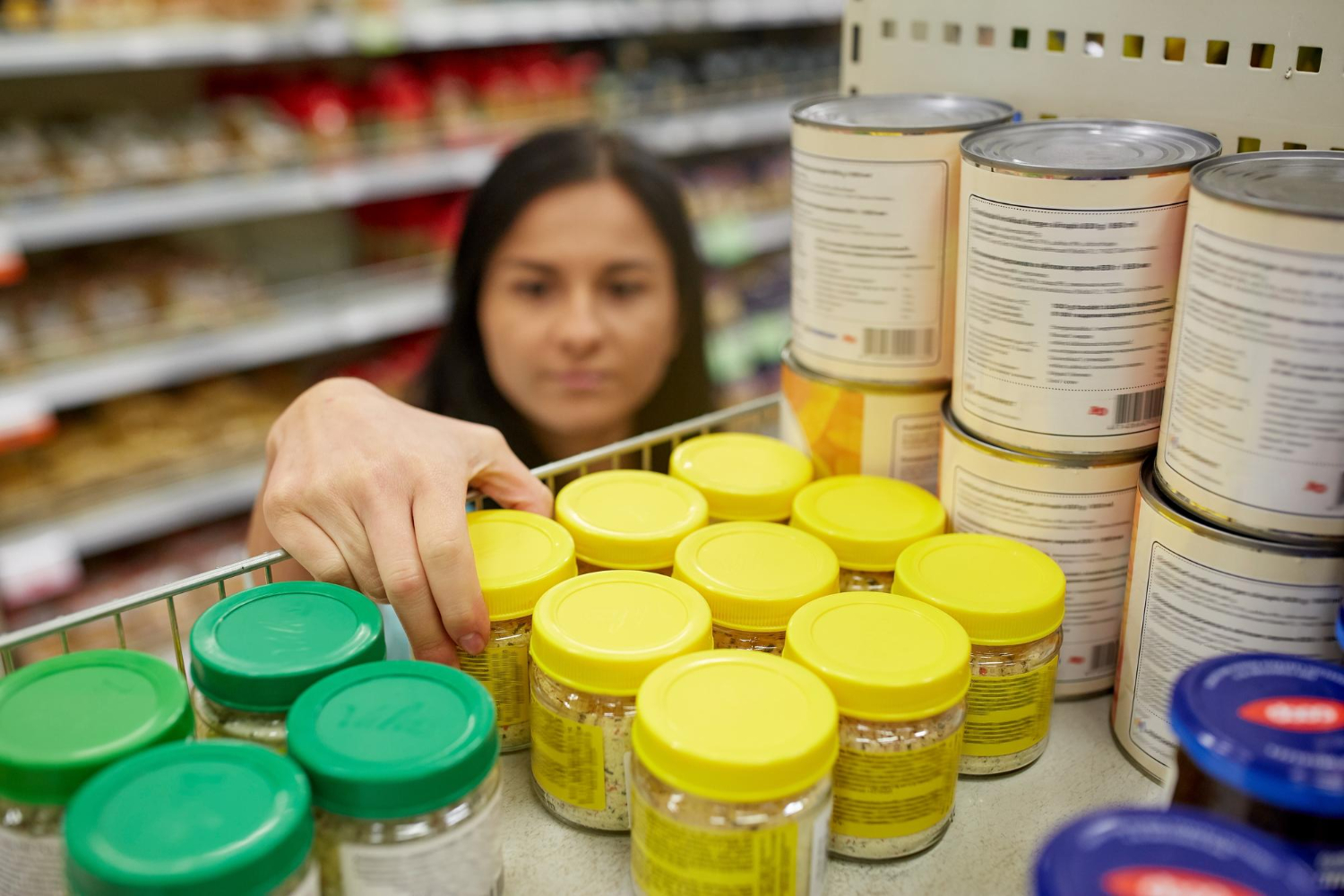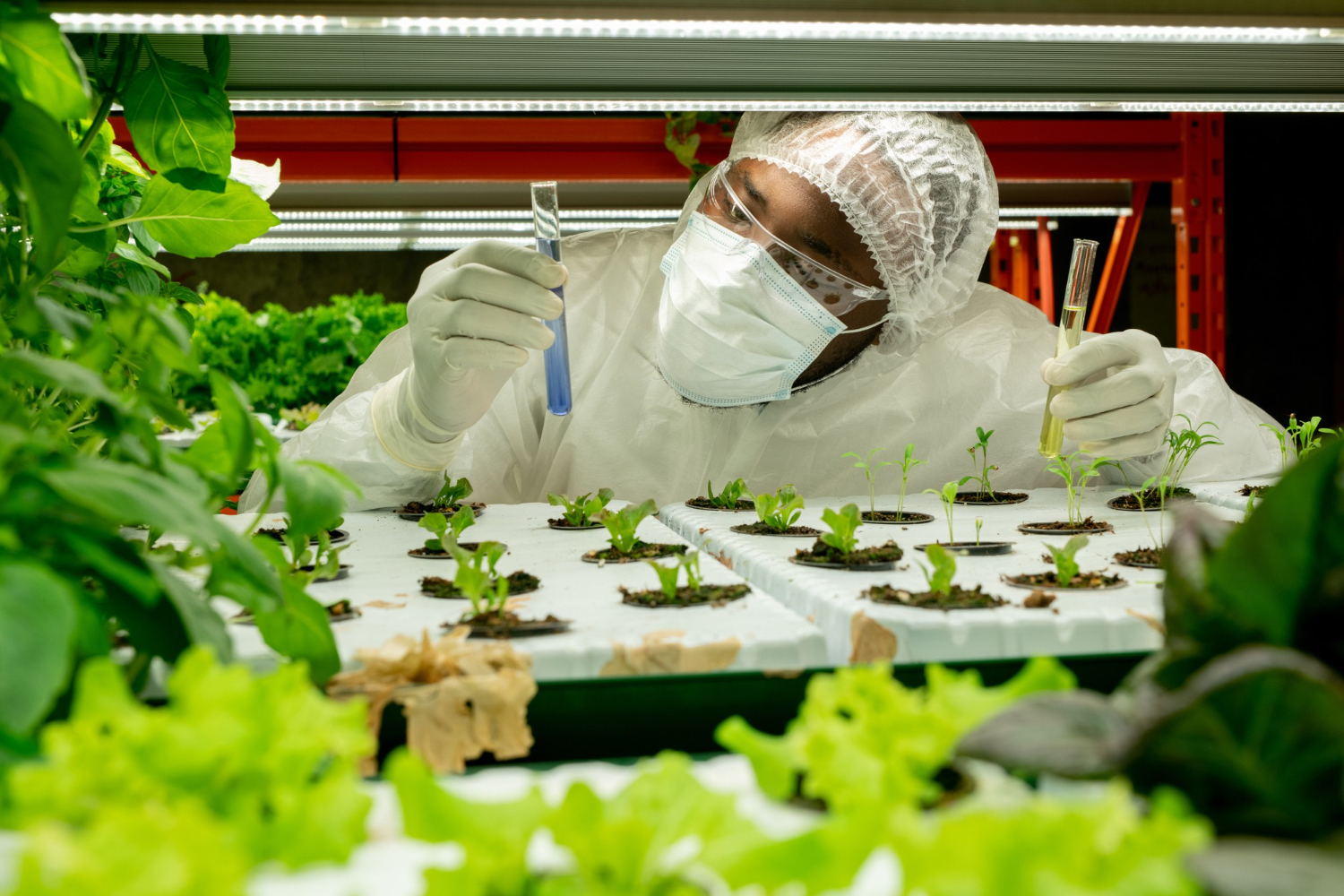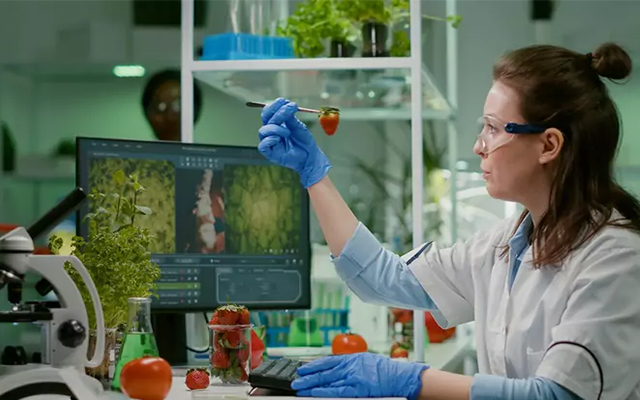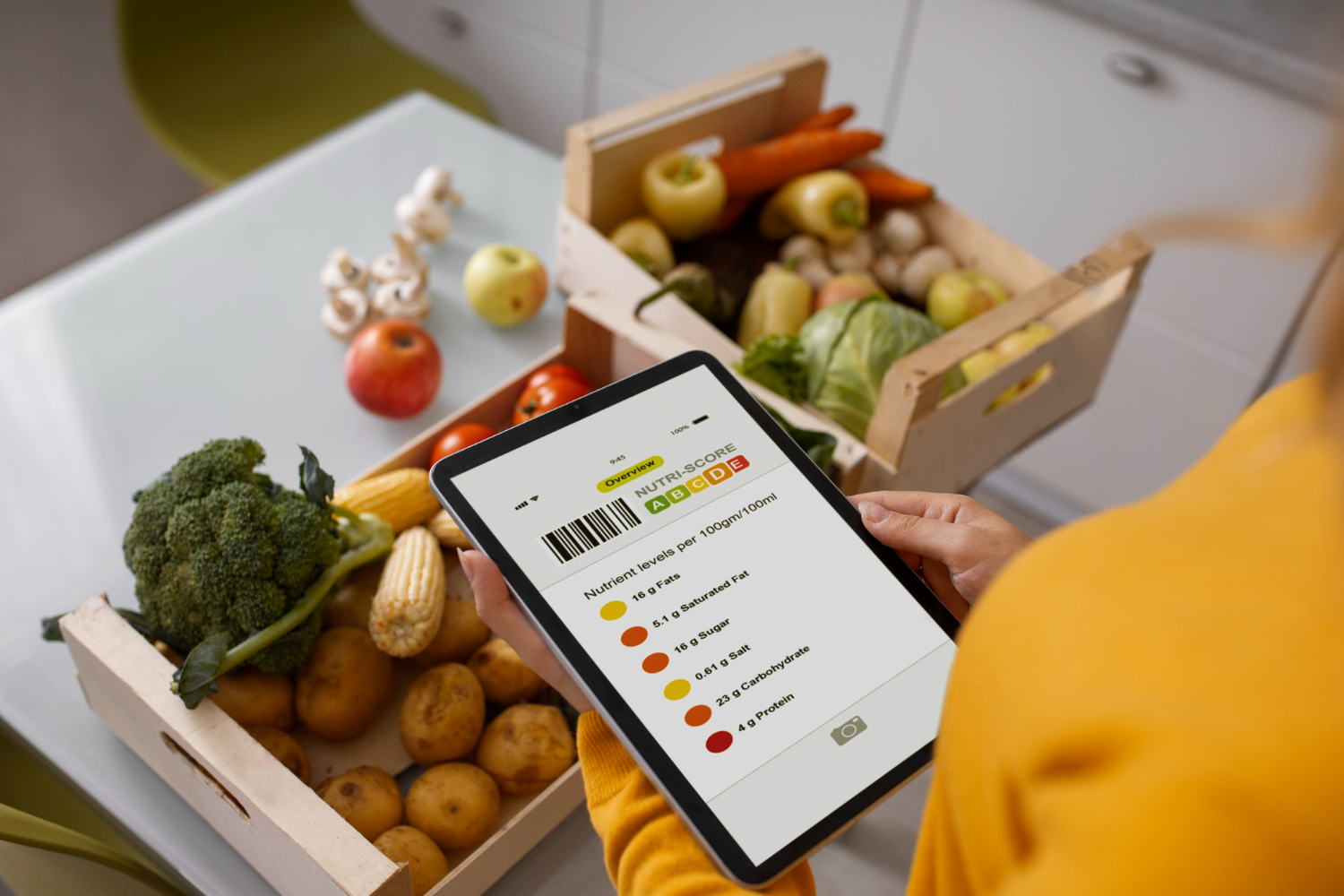Food Adulteration — Causes, Types & Prevention
We start our day with a cup of tea flavored with spices, a spoonful of ghee in our paratha or dosa, or a handful of nuts as a healthy snack. Now imagine all of these being secretly mixed with harmful substances like chalk powder, detergent, starch, or mineral oil. This hidden menace is called food adulteration, and it’s one of the biggest threats to food safety in India.
According to recent studies, nearly 1 in 5 food samples in India fail quality tests. What looks pure and fresh on the shelf often hides dangerous adulterants that can harm health in the long run. If every one of us wants to fight against it, then we need to understand the problem, explore how we can protect ourselves from it.
What is Food Adulteration?
At its core, food adulteration means deliberately reducing the quality of food by adding harmful, substandard, or cheap substances. It may also involve removing valuable ingredients or mislabeling food products. In simple terms, adulteration makes food unsafe, impure, and sometimes even toxic.
The impact of adulteration goes beyond taste and quality; it can directly affect human health, causing everything from food poisoning to long-term diseases like cancer. This is why food adulteration is not just a food fraud but also a public health crime.
Food Adulteration — Definition & Meaning
The food adulteration definition by the Food Safety and Standards Authority of India (FSSAI) is, the process by which the quality or nature of a food substance is reduced through the addition of inferior substances or removal of valuable ingredients.
The food adulteration meaning in everyday life is straightforward: it’s when your milk isn’t really milk, your ghee isn’t pure, or your favorite sweets contain chemicals instead of natural flavors.
Why Food Adulteration is Done?
The harsh truth is that adulteration is usually profit-driven. Sellers and manufacturers do it to:
- Increase quantity and reduce cost (e.g., adding water to milk).
- Improve appearance or shelf life (e.g., coloring spices).
- Mislead consumers for higher profit margins.
Sadly, the practice is so widespread that many people unknowingly consume adulterated food every single day.
Types of Food Adulteration
There are different types of food adulteration based on how and why it’s done:
- Intentional Adulteration - Adding substances deliberately for profit (e.g., mixing stone powder in flour).
- Incidental Adulteration - Contamination due to carelessness, like pesticide residue or dust.
- Metallic Adulteration - Presence of harmful metals like arsenic, lead, or mercury.
- Packaging Hazards - Chemicals from cheap or recycled packaging seeping into food.
Commonly Adulterated Foods in India
Spices
India is known as the land of spices, but these fragrant flavors are often tampered with. Turmeric may be mixed with lead chromate for a brighter yellow, chili powder with brick powder, and black pepper with dried papaya seeds. These not only degrade quality but can also cause severe stomach problems and poisoning.
Ghee
Pure ghee, a staple in Indian households, is often adulterated with vanaspati, starch, or synthetic flavors. This reduces its nutritional value and increases unhealthy trans-fat content, putting heart health at risk.
Oil
In India, oil is a kitchen essential, but it’s frequently diluted with cheaper oils like palm oil or mineral oil. Prolonged consumption can damage the liver and kidneys.
Coconut Water
Considered a natural health drink, coconut water is sometimes artificially sweetened or diluted with plain water. In worst cases, glucose or harmful preservatives are added, robbing it of its natural purity.
Paneer
That soft cube of paneer on your plate may not be as healthy as you think. Unscrupulous sellers often use starch, detergent, or synthetic milk to make paneer, making it unsafe for daily consumption.
Milk
Milk adulteration is one of the oldest and most common practices. Urea, starch, detergent, and even formalin are mixed to increase thickness and shelf life. This can lead to kidney damage, gastrointestinal issues, and food poisoning.
Sweets
Especially during festive seasons, sweets become a hotspot for adulteration. Silver coating (varak) may contain aluminum instead of real silver, khoya is mixed with starch, and artificial colors may contain toxic chemicals. These can cause allergies, organ damage, or long-term illnesses.
Nuts
Dry fruits and nuts, considered healthy snacks, are often polished with cheap oils or adulterated with artificial colors to enhance appearance. Cashews and almonds may even contain insect infestations due to poor storage, posing health risks.
WHO on Food Adulteration
The World Health Organization (WHO) has raised serious concerns about food adulteration. WHO estimates that contaminated food causes over 600 million illnesses and 4,20,000 deaths globally each year. In countries like India, where monitoring is challenging, the problem is even more alarming. WHO stresses stricter laws, consumer awareness, and better food testing infrastructure as urgent solutions.
Prevention of Food Adulteration Act & Laws in India
India has a legal framework to fight this menace. The Prevention of Food Adulteration Act, 1954, was the first major law to define food adulteration and punish offenders. Today, it is replaced by the Food Safety and Standards Act, 2006 (FSSAI Act), which sets modern standards for food safety.
Under these laws:
- Offenders can face heavy fines and imprisonment.
- Food inspectors regularly check markets.
- Consumers have the right to demand purity certificates.
Where to Complain Against Food Adulteration?
If you suspect adulterated food, you can file complaints through:
- FSSAI’s Food Safety Connect App
- State Food Safety Departments
- Consumer helplines (1800-11-4000)
- Local health officers or food inspectors
By reporting, you help prevent others from falling victim to unsafe food.
How Food Adulteration Can Be Prevented
Food adulteration prevention starts with awareness. Some effective steps include:
- At Home: Test food items with simple kitchen checks (e.g., iodine test for starch in milk).
- As a Consumer: Buy from trusted brands, check FSSAI marks, avoid suspiciously cheap products.
- As a Society: Demand stricter enforcement of the Prevention of Food Adulteration Act and FSSAI rules.
- Government Level: Invest in testing labs, conduct awareness campaigns, and punish offenders strictly.
Prevention is possible only if consumers, regulators, and sellers work together.
Conclusion
Food is supposed to nourish us, not harm us. Unfortunately, the shadow of food adulteration looms large over our everyday diet in India. From the turmeric in your curry to the milk in your tea, adulteration can sneak into the simplest meals.
By understanding food adulteration and knowing where to complain, we can all take steps toward safer, purer food. The key lies in vigilance, awareness, and strong enforcement of laws. After all, protecting our food is protecting our health.
About Equinox Labs
At Equinox Labs, food testing goes beyond routine checks, it’s about safeguarding consumer health and building trust for food businesses. As one of India’s leading NABL-accredited and FSSAI-notified laboratories, Equinox Labs conducts comprehensive tests on products like milk, ghee, spices, sweets, oils, and packaged foods to detect adulteration, contaminants, and quality lapses. Using advanced technology and strict international standards, the lab helps businesses comply with regulations such as the Food Safety and Standards Act (FSSAI) while ensuring that consumers get food that is safe, authentic, and free from harmful adulterants.
FAQs
Adulterated food can often be identified through simple at-home tests and careful observation:
- Milk: Add a few drops of iodine; if it turns blue, starch is present.
- Turmeric: Rub powder on your palm; if it leaves a bright yellow stain, it may contain chemical dyes.
- Paneer: Drop in iodine solution; a blue color shows starch adulteration.
- Chili powder: Sprinkle in water; if brick powder or salt settles at the bottom, it’s adulterated.
Apart from tests, unusual taste, color, smell, or texture can also be warning signs.
Need food testing? Contact Equinox Labs
If you are a food business or consumer and suspect adulteration, get a professional lab test. Contact Equinox Labs for NABL-accredited testing, sampling guidance, and actionable reports to help you comply with FSSAI standards.
Request a Test

